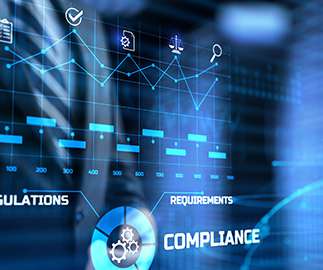Choosing a Governance Risk and Compliance Tool: Constant Vigilance
Reciprocity
DECEMBER 27, 2022
Managing all your governance, risk, and compliance (GRC) needs is no easy task. GRC is an integrated approach to managing the organization’s governance, IT and security risks, and regulatory compliance functions. The three pillars of a GRC program are governance, risk management, and compliance. Governance.


















Let's personalize your content